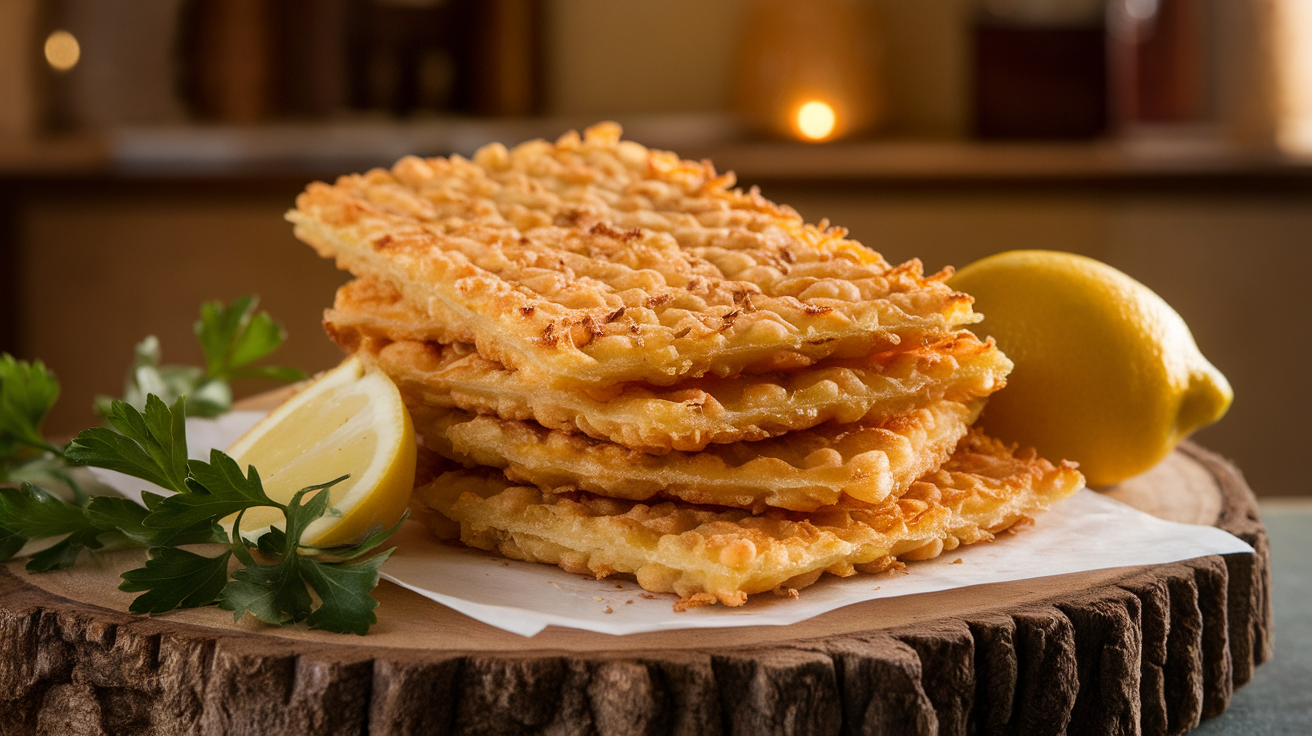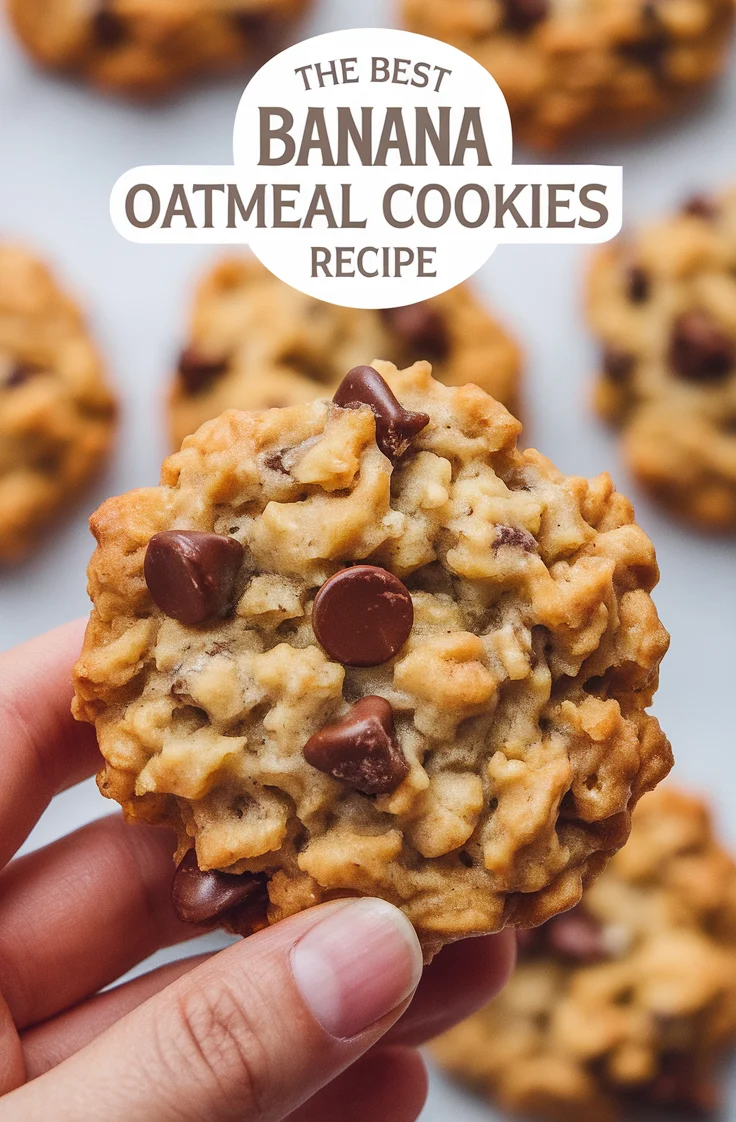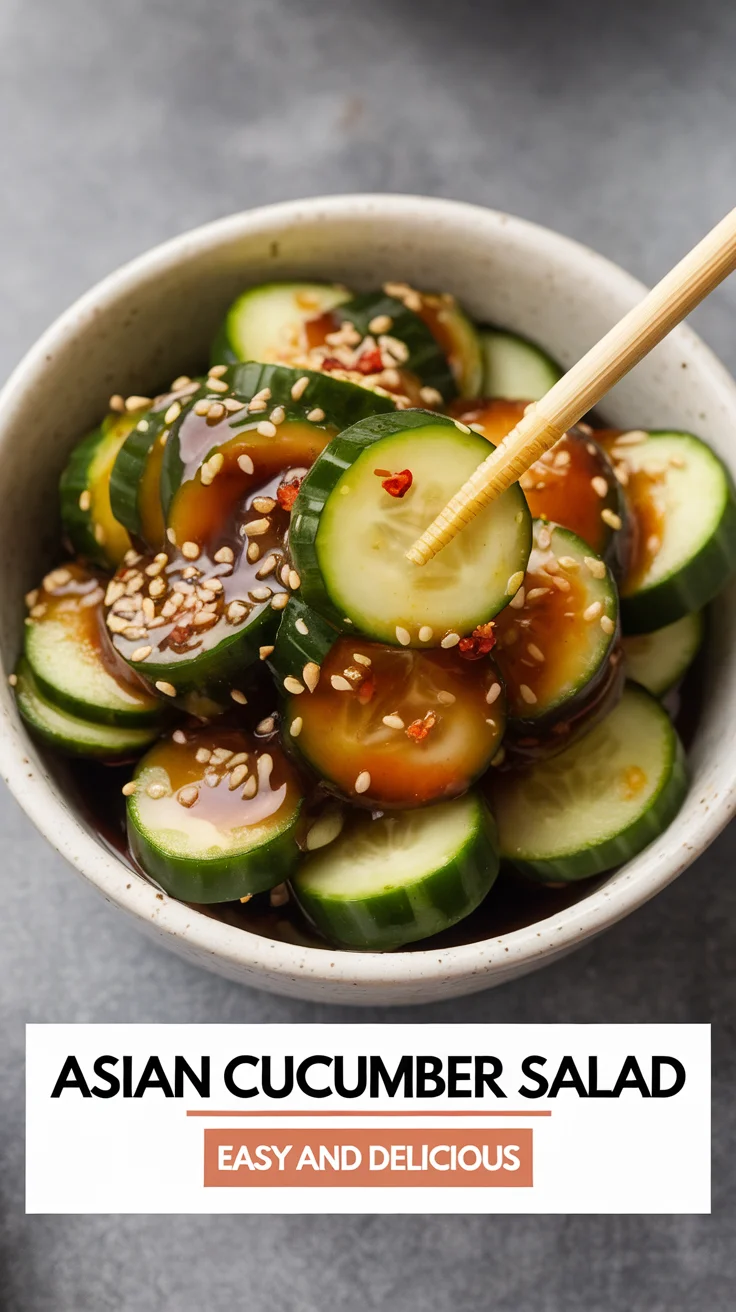If you’re looking to add something unique and flavorful to your culinary repertoire, then exploring Sicilian vegetarian recipes is a fantastic place to start. One of the most iconic and beloved dishes from Sicily is panelle, also known as Sicilian chickpea fritters. These crispy, savory fritters are made from chickpea flour, which is not only nutritious but also incredibly versatile. Whether you are looking for a new snack, appetizer, or a light meal, this vegetarian snack is easy to prepare, filling, and utterly delicious.
In this article, we will explore how to make Sicilian panelle step-by-step, the history behind this dish, and why this traditional recipe should have a permanent place in your kitchen. We’ll also highlight the key ingredients, their health benefits, and how you can incorporate panelle into your regular meal rotation.
What Are Panelle?
Panelle are chickpea fritters that originate from the streets of Palermo, the capital city of Sicily. These fritters have been a beloved street food in the region for centuries and were traditionally sold by vendors in bustling Palermo markets. The main ingredient in panelle is chickpea flour, a finely ground form of dried chickpeas. This flour is combined with water and seasoning, then spread into a thin layer, allowed to set, and cut into rectangles or squares before being deep-fried to a golden crispy texture.
The result is a deliciously crispy exterior with a soft, slightly chewy interior. Panelle is often served in a Sicilian roll (similar to a sandwich), topped with fresh parsley or grated cheese. This dish can be eaten as an appetizer, snack, or even as part of a light lunch.
Panelle are particularly notable for being vegetariano, sem glúten, and packed with protein, which makes them an excellent addition to your plant-based diet. It’s a great snack for those looking for easy lunches that don’t compromise on flavor or texture. They are versatile and can be enjoyed on their own, with a dipping sauce, or as part of a more substantial meal.
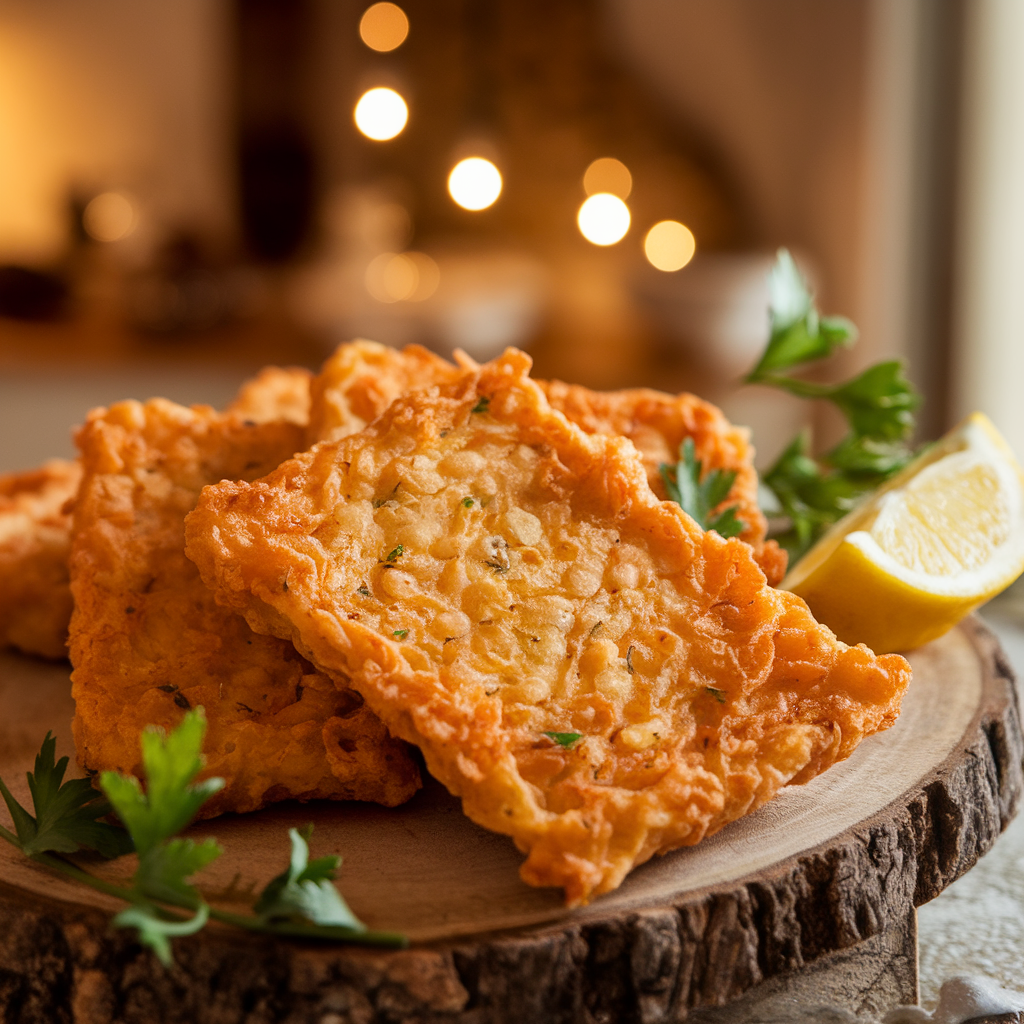
The History Behind Sicilian Panelle
The origin of panelle is believed to date back to the 9th century when Arabs ruled Sicily. They introduced chickpeas and various other legumes, which became staples in Sicilian cuisine. Panelle, originally a humble dish, were often sold by street vendors to locals and travelers. Over the years, the dish evolved and became a popular snack or quick meal for people on the go.
The popularity of panelle grew during the 19th century, and it became a traditional street food that could be found all over Sicily. The simplicity of the dish, combined with the satisfying crunch and rich chickpea flavor, made it a favorite among both locals and tourists. Today, panelle remains a key element in Sicilian cuisine and continues to be a popular food choice in Italian street markets and restaurants.
This dish is a testament to the ability of Sicilian recipes to take simple ingredients and transform them into something flavorful and fulfilling. It also highlights the resourcefulness of Sicilian home cooks who, for centuries, have used locally available ingredients to create mouthwatering dishes.
Ingredients for Sicilian Panelle
To make Sicilian panelle, you will need just a few simple ingredients, most of which are pantry staples. Here’s what you’ll need:
- 1 cup chickpea flour (also known as farina di ceci)
- 2 cups water
- 2 tablespoons azeite de oliva
- Salt, to taste
- 1 teaspoon black pepper
- 1 teaspoon orégano (opcional)
- 1 tablespoon salsinha frescapicada (para guarnecer)
- Olive oil for frying
These ingredients are fairly common in most kitchens, and chickpea flour is easily available at most grocery stores or specialty food shops. The beauty of this dish lies in its simplicity, making it accessible and easy for anyone to prepare.
The Process: How to Make Sicilian Panelle
Fazendo panelle is straightforward, and you don’t need any special equipment or advanced cooking techniques. Here’s the step-by-step process:
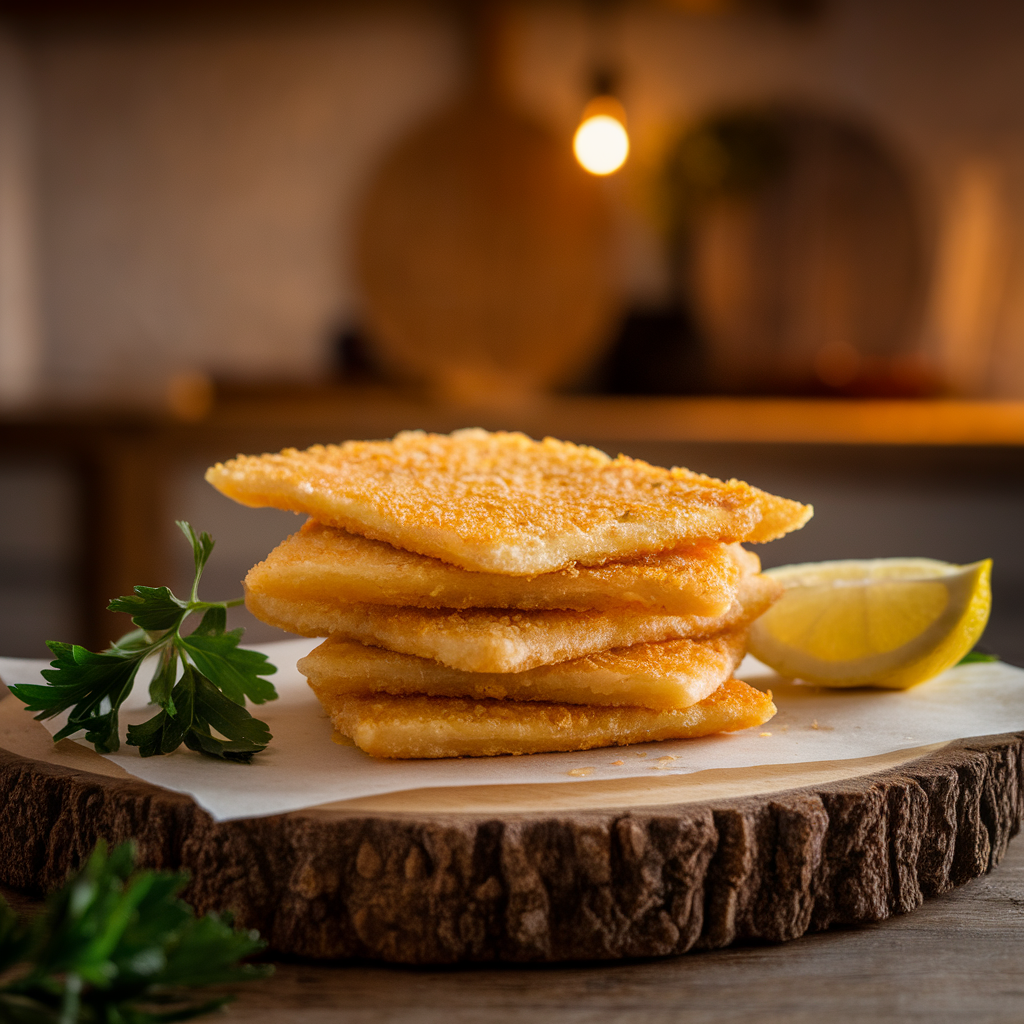
Step 1: Make the Chickpea Flour Dough
In a heavy-bottomed pot, combine chickpea flour, water, e azeite de oliva. Stir well to combine, and add a pinch of salt, black pepper, and oregano (if using). Cook this mixture over medium heat, stirring constantly to avoid lumps. As the mixture heats up, it will begin to thicken. You’ll want to continue stirring to prevent it from sticking or burning.
As the chickpea flour cooks, it will take on a smooth, thick consistency, similar to mashed potatoes or a very thick dough. Keep stirring for around 5-7 minutes until the dough is well-cooked, and the flour has fully absorbed the water.
Step 2: Spread and Cool the Dough
Once the dough is ready, transfer it onto a greased baking sheet or a large dish. Using a spatula, spread the mixture into an even layer about 1/4-inch thick. Smooth out the surface as evenly as possible. Allow the mixture to cool for 20-30 minutes at room temperature, or place it in the fridge to speed up the process. The dough will firm up as it cools.
Step 3: Cut the Panelle
Once the dough has cooled and firmed up, use a sharp knife to cut it into rectangles or squares. These will be the individual fritters that you’ll fry.
Step 4: Fry the Panelle
Heat a generous amount of azeite de oliva in a frying pan over medium heat. Carefully place the cut panelle into the hot oil. Fry each piece for 2-3 minutes on each side, or until the fritters become golden brown and crispy. You may need to fry them in batches depending on the size of your frying pan.
Once fried, transfer the panelle to a paper towel-lined plate to drain off any excess oil. This will help maintain their crispiness.
Passo 5: Servir e Saborear!
Serve the panelle while they’re still hot, sprinkled with fresh parsley for a burst of color and flavor. You can serve them on their own, as part of a fresh salad, or tuck them into a soft roll to make a Sicilian sandwich. For an extra indulgence, serve them with a side of marinara sauce or your favorite dip.
Why You Should Make Panelle
1. Delicious Vegetarian Snack
Panelle are a fantastic vegetarian snack that can be enjoyed by anyone, regardless of dietary preferences. Made with chickpea flour, they are rich in plant-based protein, fiber, and healthy fats. The crispy exterior and soft interior make for a perfect bite-sized snack. Pair them with a tangy sauce or serve them on their own for a satisfying snack that will keep you full.
2. An Easy Lunch Option
If you’re looking for easy lunches that are both quick and nutritious, panelle is a great choice. You can prepare them in advance and store them in the fridge for up to 3 days. Reheat them in a frying pan or oven, and they’ll taste just as fresh and crispy as when they were first made. You can even pack them for lunch and enjoy them as a filling meal with a side salad or wrapped in pita bread.
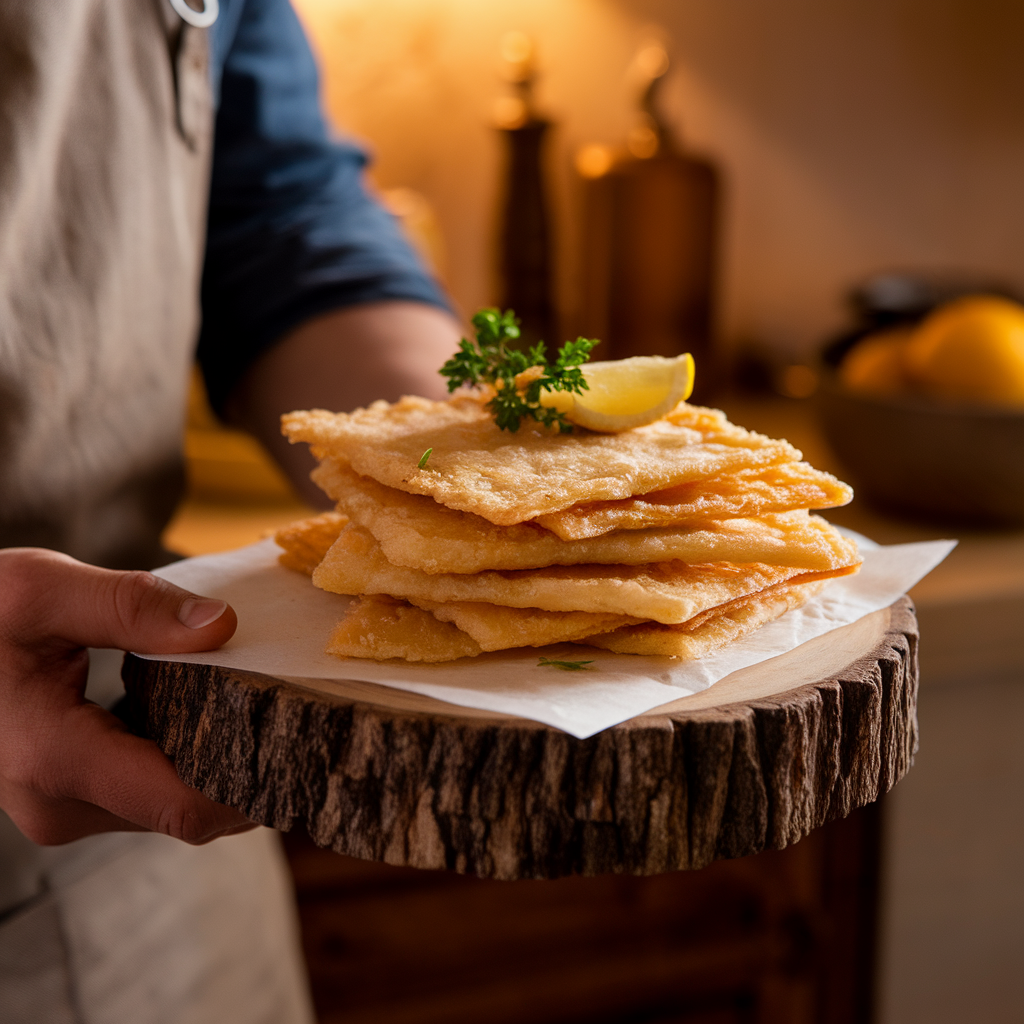
3. Naturally Gluten-Free
Since panelle are made from chickpea flour, they are naturally sem glúten. This makes them an ideal choice for people who are avoiding gluten or following a gluten-free diet. Unlike many other gluten-free foods, panelle don’t compromise on taste or texture. They retain the satisfying crunch of traditional fritters, making them a great option for anyone with dietary restrictions.
4. Embalado com Nutrientes
Chickpea flour is a nutrient powerhouse. It’s an excellent source of fiber, protein, and important minerals like magnesium, potassium, and iron. Chickpeas are also known for their low glycemic index, making them a great food choice for people looking to maintain steady energy levels throughout the day. Panelle are not only delicious but also provide a wealth of nutritional benefits that will keep you energized and full for longer.
Variations of Sicilian Panelle
Enquanto panelle are traditionally made with just chickpea flour, water, and a few seasonings, you can easily customize the dish to suit your tastes. Here are a few variations of the basic recipe:
- Garlic and Lemon Panelle: Add minced garlic or lemon zest to the dough for a fresh and aromatic flavor.
- Spicy Panelle: For an added kick, mix in some chili flakes or paprika. This gives the fritters a spicy, smoky heat that pairs well with tangy dips.
- Herb-Infused Panelle: Mix fresh herbs like basil, thyme, or rosemary into the dough for a burst of herbal flavor.
- Fried with Parmesan: After frying, sprinkle freshly grated Parmesan cheese on the fritters for a cheesy, savory finish.
You can also serve panelle as part of a larger meal, such as alongside Sicilian pappardelle for a hearty pasta dish or with a fresh tomato and mozzarella salad.
The Versatility of Chickpea Flour in Sicilian Cooking
Chickpea flour, or farina di ceci, is a key ingredient in many Sicilian recipes. It’s used in various dishes ranging from panelle para couscous para frittatas. Chickpea flour is gluten-free, high in protein, and provides a rich, nutty flavor that complements a wide range of vegetables, legumes, and grains.
This flour is especially prized in Sicilian vegetarian recipes for its versatility and its ability to create hearty and satisfying dishes without the need for meat or dairy. Chickpea flour forms the base of many traditional dishes and is an essential pantry item in Sicilian homes.
Conclusão
Sicilian panelle is an irresistible dish that beautifully showcases the flavors of Sicily. These chickpea fritters are an iconic Sicilian recipe and a perfect example of how simple ingredients can be transformed into something extraordinary. Whether you’re looking for a new vegetarian snack, a light easy lunch, or a versatile dish to serve at your next dinner gathering, panelle has you covered.
Not only are they delicioso, but they are also nutritious, gluten-free, and packed with protein, making them a healthy and filling option for any meal. With a crispy exterior and a soft, flavorful interior, panelle will transport your taste buds straight to the streets of Palermo.
So, why not give this Sicilian recipe a try? Your taste buds will thank you, and you’ll have a new favorite dish to share with friends and family. Whether you serve them as a snack, part of a meal, or in a sandwich, panelle is sure to become a favorite in your kitchen. Happy cooking!
